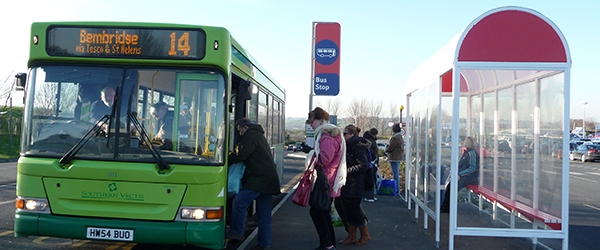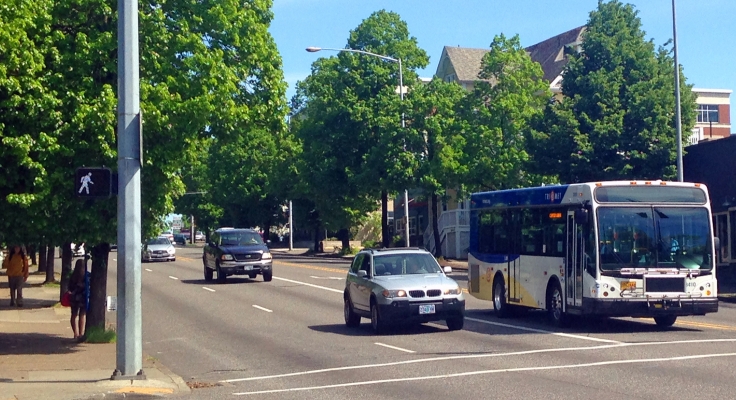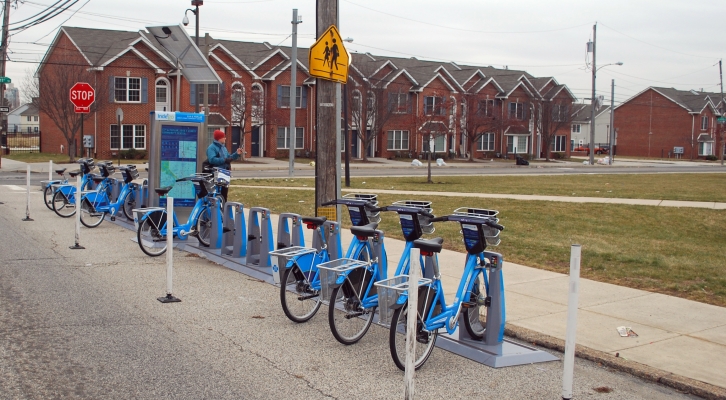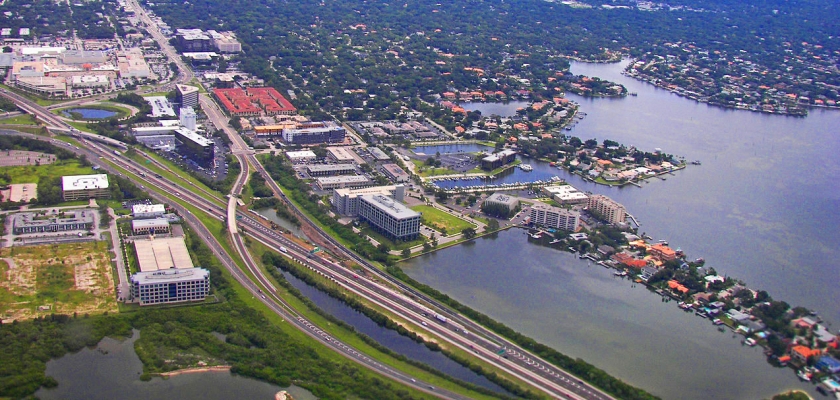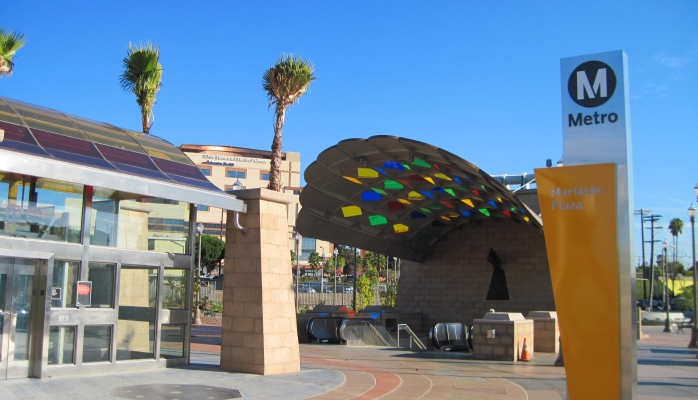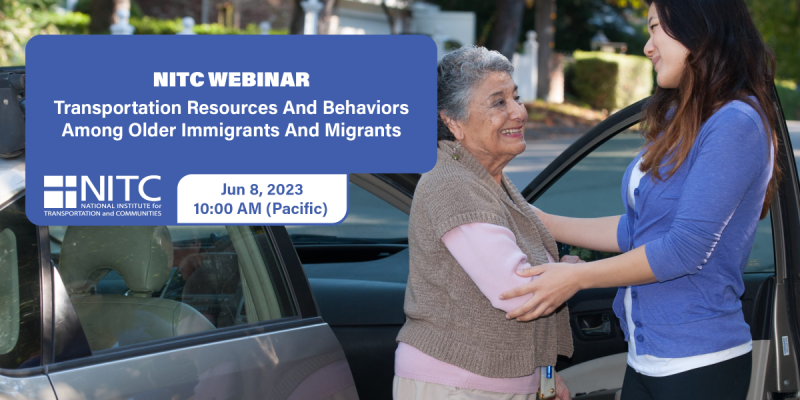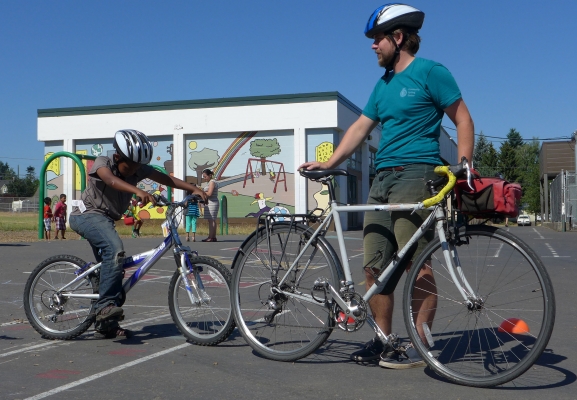Regular assessment of public transit performance is essential. With limited funding and growing public needs, performance evaluation helps identify areas for improvement. But what, exactly, is the desired improvement that transit agencies seek?
If the answer is operational efficiency, then agencies have a clear goal: to achieve the highest ridership possible with the lowest operational costs.
If the answer is access equity, then again a clear goal emerges: to extend transit to neighborhoods with high concentrations of low-income residents and minorities, and to evaluate proposed route changes through the lens of supplying much-needed services.
The real answer, of course, is both. Historically, research has examined...
Read more
